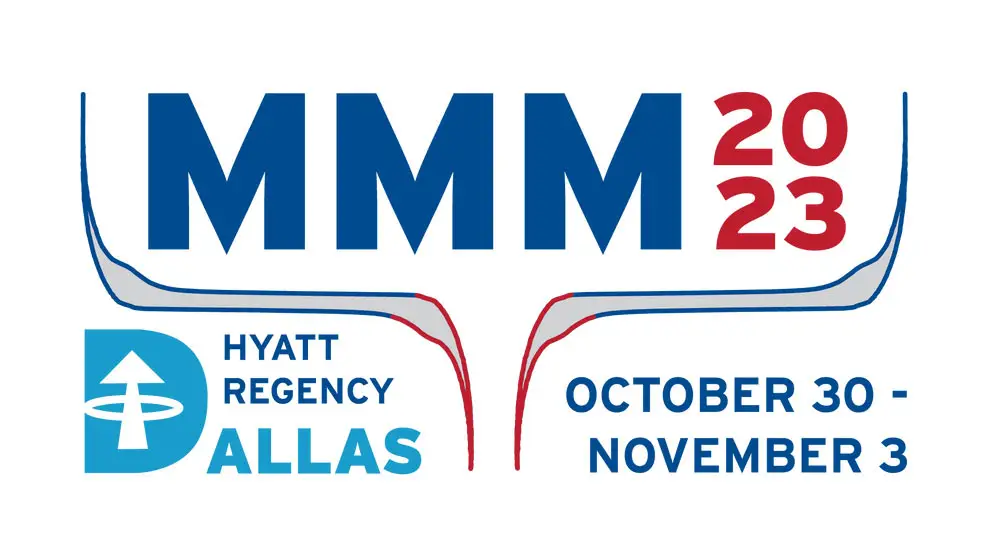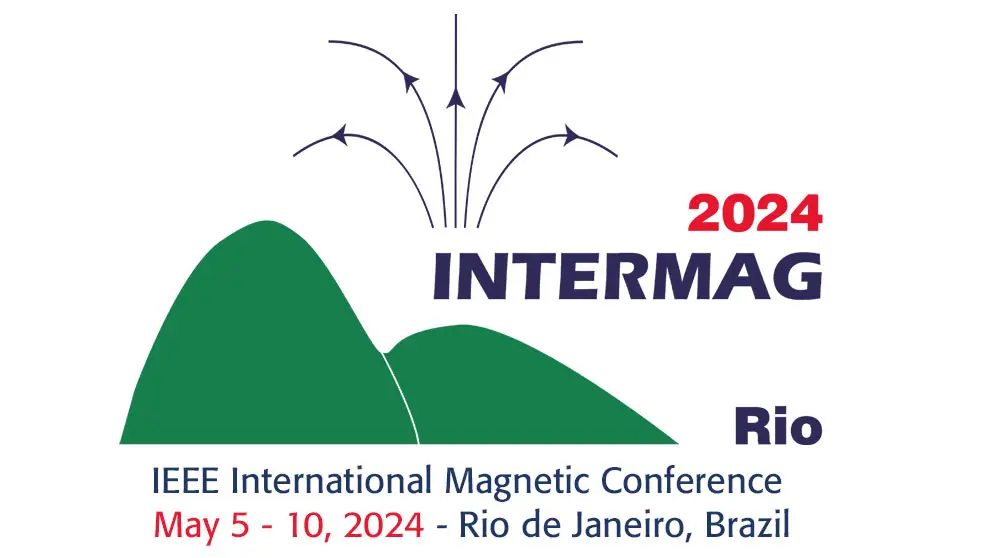CG-05: Novel Multi-Magnetic Material Transcranial Magnetic Stimulation Coils for Small Animals Application
Mohannad Tashli, Aryan Mhaskar George Weistroffer, Mark S. Baron and Ravi L. Hadimani
Oral
01 Nov 2023
Transcranial magnetic stimulation (TMS) is a non-invasive therapeutic approach used to treat various psychiatric and neurological disorders. It is FDA approved treatment of depression, obsessive-compulsive disorder and smoking cessation [1]–[3]. Recently, there has been a notable increase in research exploring the potential of TMS for addressing a broader range of neurological and psychiatric disorders. However, in order to effectively apply TMS to these conditions, it is crucial to ensure that the electric field is focused to specific regions within the brain [4]. Several coil configurations have been proposed aiming to enhance the focality of TMS coils. However, a limited number of these designs have incorporated soft magnetic materials as coil cores, as well as explored different core shapes, to further enhance the concentration of the E-field due to saturation magnetization limit of the cores. In this study, we examined innovative TMS coil designs utilizing finite element analysis in Ansys Maxwell software. Our study involved a comparison of the focality and intensity of the electric field for different coil configurations (Fig. 1) using our anatomically accurate rat head model [5]. Permendur alloy having a high permeability, high saturation magnetization and low coercivity was used as the core material for all simulations. In addition to adding a diamagnetic Graphite plate with a hole, that has a susceptibility of -1.6×10-5 [6], to increase the coil focality as shown in Fig. 2. a, b and c. Simulation results in Fig. 1, indicate significant E-Field distribution variation when changing the coil configuration, aiming to concentrate the E-Field to the targeted region in rat head model without stimulating adjacent regions. It was observed that the parabolic shape coil has the best focality compared to other coils, besides achieving the stimulation strength required at the rat’s gray matter.References: [1] M. S. George et al., Arch. Gen. Psychiatry, vol. 67, no. 5, pp. 507–516, May 2010 [2] D. W. Dodick et al., Headache J. Head Face Pain, vol. 50, no. 7, pp. 1153–1163, Jul. 2010 [3] O. of the Commissioner, “FDA permits marketing of transcranial magnetic stimulation for treatment of obsessive-compulsive disorder,” FDA, Mar. 24, 2020. [4] J. Selvaraj et al., IEEE Trans. Magn., vol. 54, no. 11, pp. 1–5, Nov. 2018 [5] C. Nimonkar et al., IEEE Trans. Magn., vol. 58, no. 2, pp. 1–4, Feb. 2022 [6] Young and Freedman, “Young & Freedman, University Physics with Modern Physics with Mastering Physics | Pearson -11th-Edition


